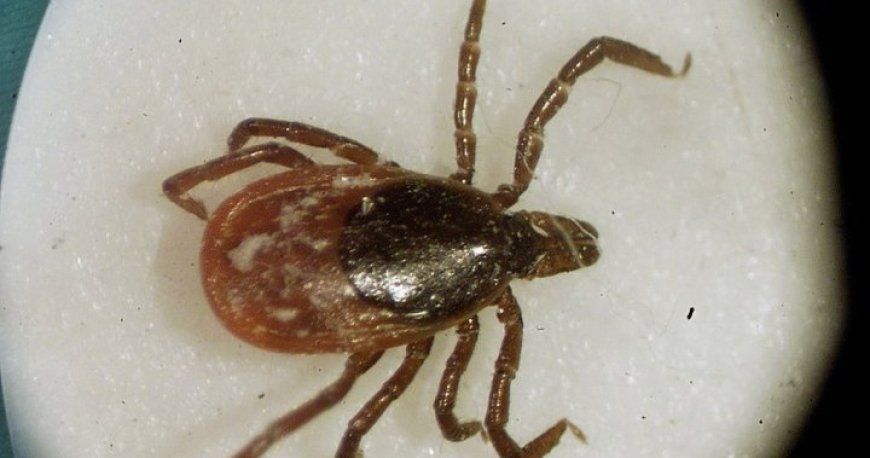Climate Change Driving Increase in Tick-Borne Diseases like Lyme Disease
A warming climate is leading to a rise in Lyme disease and other tick-borne illnesses in Canada. Public health experts warn of the spread of these diseases to new regions due to changing climate conditions. Learn how to protect yourself and recognize the symptoms.

A warming climate is leading to an increase in Lyme disease and other tick-borne diseases, according to public health experts. Ticks thrive in warm and humid conditions, which are becoming more common due to climate change.
Blacklegged ticks, known to carry harmful bacteria and viruses, are spreading beyond traditional hot spots like Ontario and Quebec to regions such as Manitoba, Saskatchewan, Alberta, and British Columbia. This expansion calls for greater awareness among the public and healthcare providers.
Lyme disease cases have been rising in Canada, with over 5,000 cases reported in 2024. The symptoms can vary but may include fever, fatigue, and a distinct rash. Other tick-borne diseases like anaplasmosis, babesiosis, and Powassan virus are also on the rise.
These diseases can be treated with antibiotics or anti-parasitic medications, except for Powassan virus, which has no specific treatment. Prevention methods include wearing protective clothing, using bug spray, and conducting thorough tick checks after outdoor activities.
If a tick is found, it should be promptly removed with tweezers. Monitoring for symptoms and seeking medical attention if necessary is crucial. A service like etick.ca can help identify the tick and assess disease risk in the area.
For more information, visit Global News.
What's Your Reaction?
 Like
0
Like
0
 Dislike
0
Dislike
0
 Love
0
Love
0
 Funny
0
Funny
0
 Angry
0
Angry
0
 Sad
0
Sad
0
 Wow
0
Wow
0























































































































































